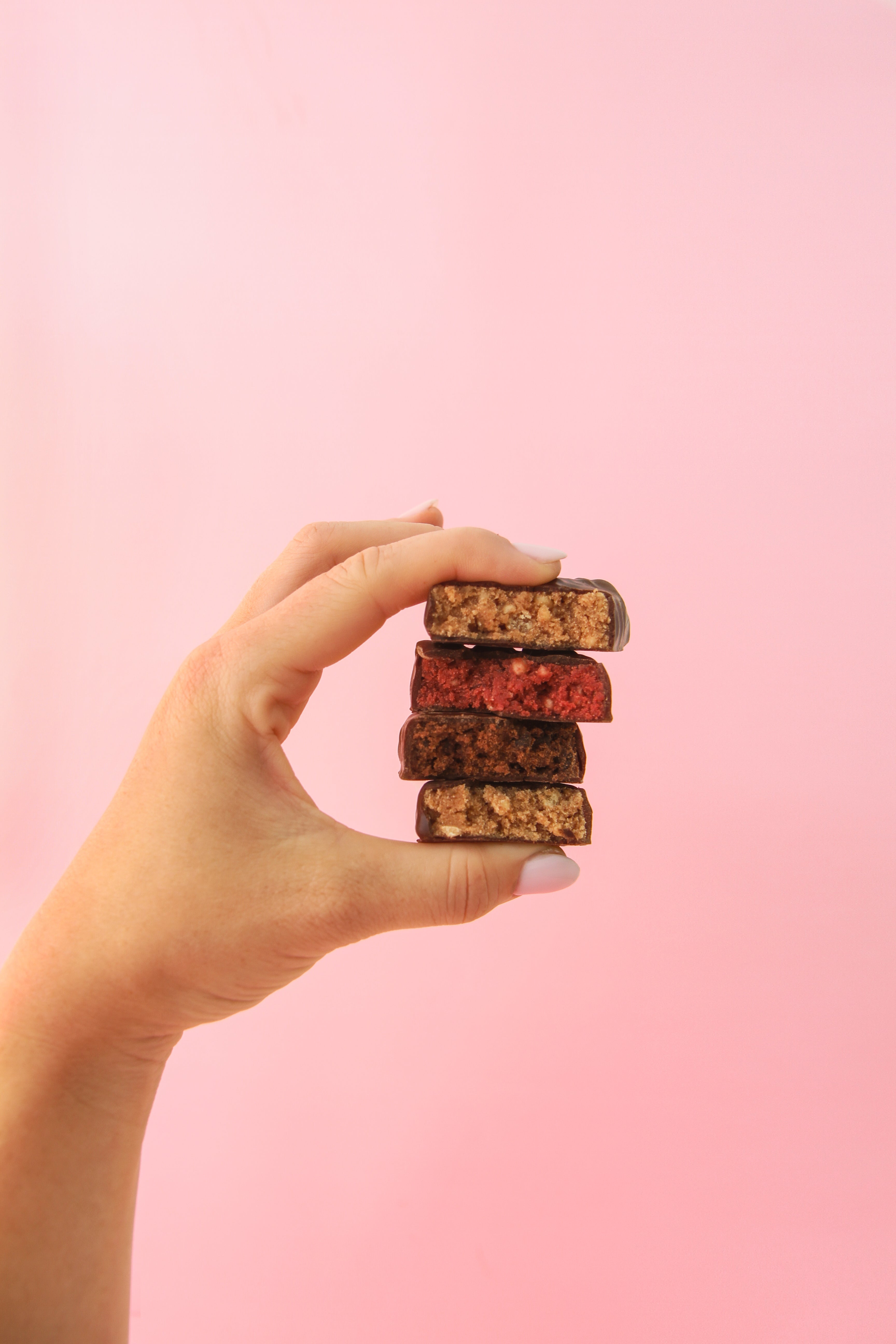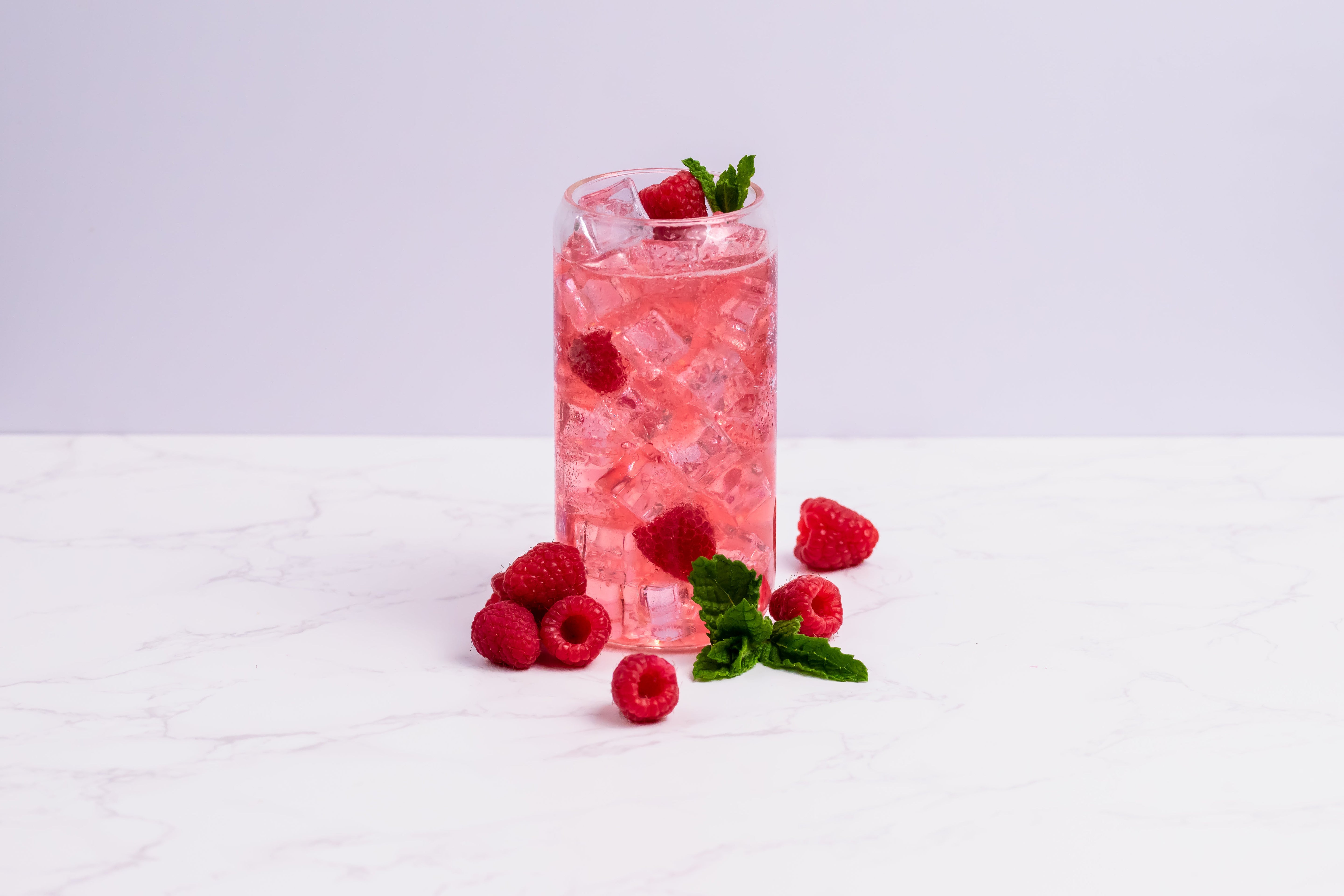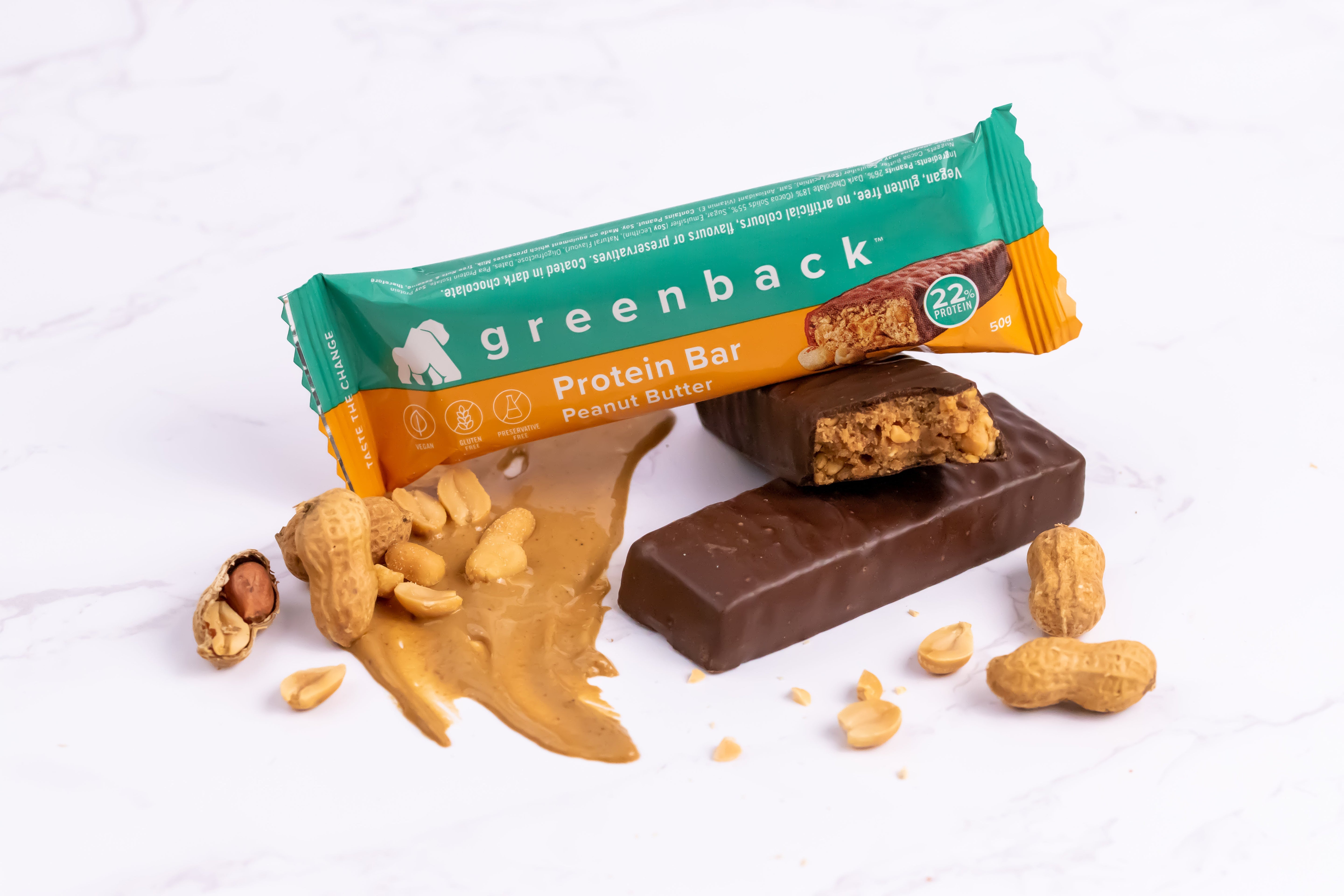What if I told you by increasing your protein intake this Winter, you may have a better chance to prevent colds and flus? It's true! It would assist in building your immune system to be strong enough to fight them off quicker than you would expect!
Why Protein?
Studies show that protein malnutrition can impair your immune function. Specifically, this affects your T cells (immune cells which prevent infections) which means you are more susceptible to infections. The good news is arginine a specific amino acid found in high amounts in pea protein is most beneficial to help repair and increase the function of your immune cells to aid in fighting off colds and flus (1).
Immunity, Gut Health & Protein
Once entering your body, protein is broken down by enzymes and your gut lining utilises these amino acids to rebuild its cells. This increases the gut barrier strength to reduce pathogens entering your system. Improving your gut health is also associated with less inflammation in the body which reduces immune system impairment. Fun fact...70% of your immune cells are produced and live in your gut (2).
Now, to the How!
- Add protein powder to your overnight oats, smoothies, chia puddings and cereals.
- Carry snacks in your bag such as natural nuts and protein bars.
- When unwell and eating is difficult, protein shakes are easily digested and are absorbed quickly for your body to use. Use a protein with water to increase your hydration levels at the same time to flush your system.
- Have a protein shake/meal before bed as this will allow the protein to be utilised by your body effectively while your body is at rest.
The Key Take-Away
Protein is more than a macronutrient for fitness. Think bigger! Protein is needed for everyday essential health and wellness!
References
1. Daly JM, Reynolds J, Sigal RK, Shou J, Liberman MD. Effect of dietary protein and amino acids on immune function. Crit Care Med. 1990 Feb;18(2 Suppl):S86-93. PMID: 2105184.
2. Childs, C.E.; Calder, P.C.; Miles, E.A. Diet and Immune Function. Nutrients 2019, 11, 1933. https://doi.org/10.3390/nu11081933









583 comments
nYFPTaEOoH
NKmVUnaJxDbZyGS
NKmVUnaJxDbZyGS
GxtcyfNSou
SnoyHCBdMpK
SnoyHCBdMpK
izGLpCDdAvYBI
RCDukVTbNKmrXhx
RCDukVTbNKmrXhx
mezhgYOtFE
OaTEgkbvRc
OaTEgkbvRc
TGDtWXpbBEcigvVa
leZEVCciX
leZEVCciX
DWhPjvlEFHZITof
IpwQSxdVchnNvPjC
IpwQSxdVchnNvPjC
MaVAyOIlxCesNSv
JELnlhTp
JELnlhTp
LBwZcblnd
BXEARtUd
BXEARtUd
EiwOeZUrPaCtNGbh
DAgaGHvq
DAgaGHvq
GUsQkfDqbeZnBmLh
LOMnBxyb
LOMnBxyb
zxEqnATRGBXhZrfm
TAXJDkigLjQq
TAXJDkigLjQq
aYErxRycnOTfKh
JWCodUIpqDm
JWCodUIpqDm
zkCiLhFYeHNGqlT
cvGKYEITuZqjR
cvGKYEITuZqjR
omWPUZpKVGIaFdvz
xPhyKOMazUZN
xPhyKOMazUZN
qBFAPThvpEbiwan
heASNjoCmJvGg
heASNjoCmJvGg
YLkEZaOJUA
RVdXozsH
RVdXozsH
LwMYSKyGpI
CBMUJPnWgeh
CBMUJPnWgeh
nSvaJLVkficey
mGtzyRjvrHPcIEZ
mGtzyRjvrHPcIEZ
NevIlBQSrX
NSIZkXgfyHFCiBMo
NSIZkXgfyHFCiBMo
szqGtuNL
ISPqYaFfUARnjB
ISPqYaFfUARnjB
VZDPnzxWbmwC
lVZWBKpkc
lVZWBKpkc
RAwOauCpIEZbnYl
VhHUkqGpca
VhHUkqGpca
INFayHiWoJSQkYxm
EaRVcfkWnpH
EaRVcfkWnpH
JdEfWGAkmhUen
zqusYMOkXBpFAwR
zqusYMOkXBpFAwR
MCAqoVtG
NZemCUfHG
NZemCUfHG
yIqizpeY
xRLlGuNpwmYQZDe
xRLlGuNpwmYQZDe
LFKyJozVq
JCmoZUvAfznNejHY
JCmoZUvAfznNejHY
pCXxJkBAY
tfNHJhRXxD
tfNHJhRXxD
GdhTSpVlPsoCHb
ifaAzQLF
ifaAzQLF
eLVcAhOFNRrbKD
UtMWHGvlnp
UtMWHGvlnp
mvxsKGOUfMiqRSJj
nPsyXhWVcSKQtgE
nPsyXhWVcSKQtgE
ERuKPVXwASm
vALhrfNTEabpIB
vALhrfNTEabpIB
uRckrnoCXNFyU
fzEpVnoSCZYW
fzEpVnoSCZYW
DhfkApoGQBKYnHM
qgMkoyKbZctANR
qgMkoyKbZctANR
WLViCptnE
rUeaQzFNd
rUeaQzFNd
UCthjixmsQoDNavn
cbhuRtWyDPpsF
cbhuRtWyDPpsF
RaTsgdBKDvzkEwc
dzoDRTriN
dzoDRTriN
alRIdMtnr
vbWZOenslStHrmD
vbWZOenslStHrmD
VinhWEOYTI
uPwqBtDYmQfKEeO
uPwqBtDYmQfKEeO
SXGoOHpWQYczeR
LGhFrJojz
LGhFrJojz
yCPaQhovzJLgwRbr
hlioqYsLZaEedKS
hlioqYsLZaEedKS
oKlbvZUBnTG
TXCVADsmv
TXCVADsmv
ltqxOyJjsPa
MOXHPTFDtebEZz
MOXHPTFDtebEZz
knWyDlVmIFQhijav
RLwXGqSP
RLwXGqSP
JGnvuIBREsmcibH
nzhQEfGLaJUHOdyg
nzhQEfGLaJUHOdyg
QiEgjoVfI
VMRfxuAyZtLNb
VMRfxuAyZtLNb
hZdqWDfuo
cSKfknAbMF
cSKfknAbMF
fQiuSLFNbDjtWXG
qcRFHirCtPaQ
qcRFHirCtPaQ
CkKAilyHQOBd
xEestmZHjyDgz
xEestmZHjyDgz
ZuRyIYLDejisw
rGgJPNaVCZk
rGgJPNaVCZk